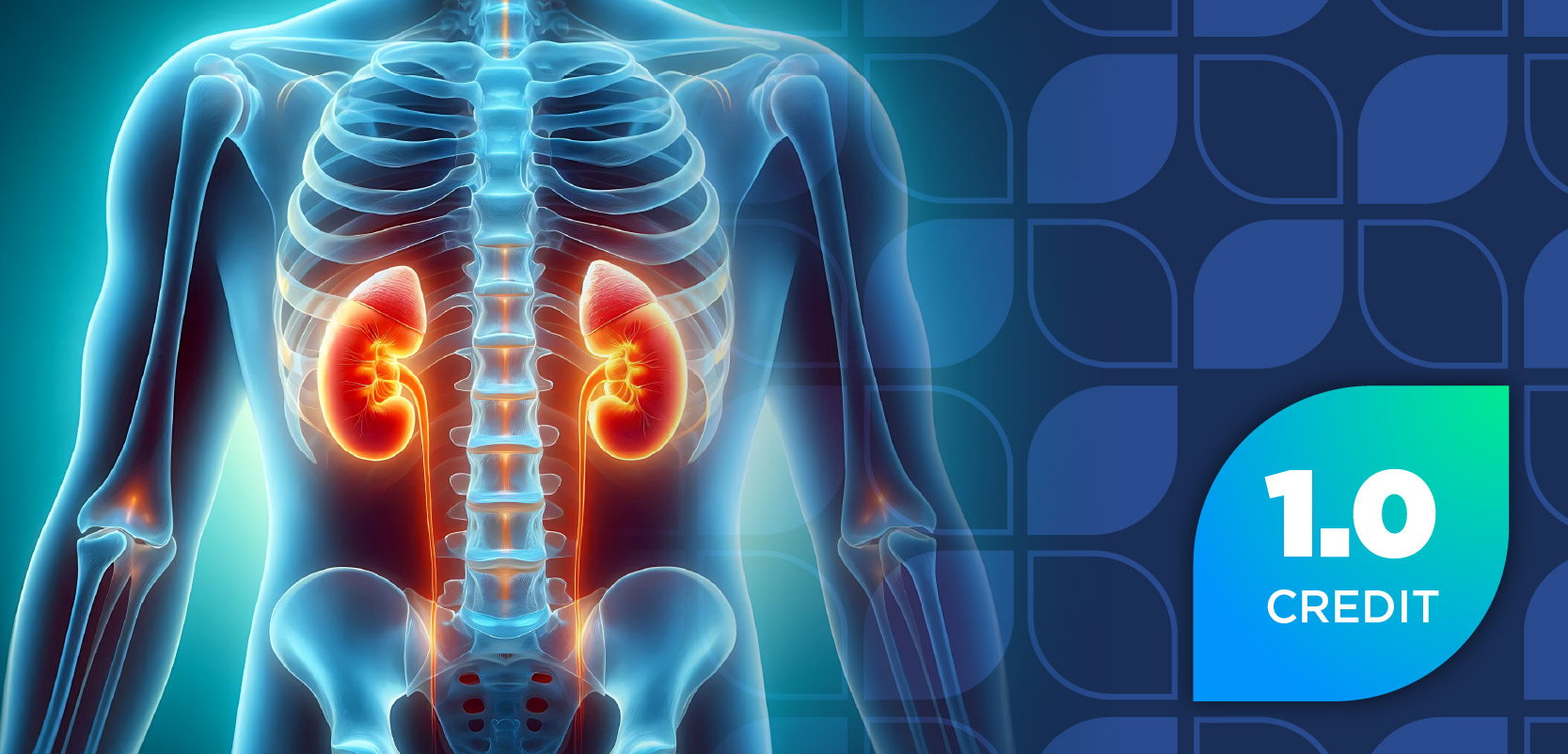
FDA Officials Urge Proper Dosing of Liver Drug to Avoid Severe Damage
The alert urges health care professionals to monitor for any signs of liver injury.
Officials with the FDA issued a safety alert today warning that the liver disease medicine obeticholic acid (Ocaliva, Intercept Pharmaceuticals) is being incorrectly dosed, often in a higher frequency of dosing than recommended, in some patients with moderate to severe decreases in liver function, resulting in an increased risk of serious liver injury and death.
Ocaliva is used to treat primary biliary cholangitis (PBC).
The alert urges health care professionals to determine a patient's baseline liver function prior to starting the medicaiton, and, for those patients with moderate to severe liver impairment (Child-Pugh B and C) health care professionals should start those patients "on the approved dosing schedule of 5 mg once weekly, rather than the 5 mg daily dosing used for other PBC patients, and if needed, can be increased up to a maximum approved dose of 10 mg twice weekly." The alert urges health care professionals to monitor for any signs of liver injury.
The FDA alert noted that "Ocaliva may also be associated with liver injury in some patients with mild disease who are receiving the correct dose. The recommended dosing and monitoring for patients on Ocaliva are described in the current drug label. FDA is working with the drug manufacturer, Intercept Pharmaceuticals, to address these safety concerns."
Health care professionals and patients are encouraged to report adverse events or side effects related to the use of these products to the
Newsletter
Stay informed on drug updates, treatment guidelines, and pharmacy practice trends—subscribe to Pharmacy Times for weekly clinical insights.


















































































































































































































